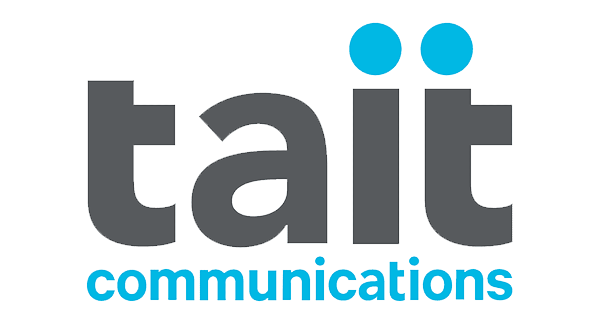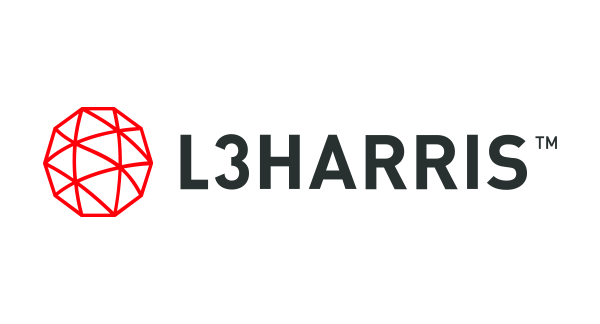Repeater Systems

01
Basic
The basic repeater system uses one repeater to provide the required two-way radio coverage. This system supports usable access and coverage for up to 3 groups.
02
Trunked
A trunked system interconnects multiple repeaters, enabling many groups to share them. Software or hardware connects these repeaters.
In software-driven systems, software in each repeater or radio coordinates which users can share the repeaters.
Hardware-connected systems use software and a database stored on a server to control which users can share the repeaters.
03
Simulcast
A simulcast repeater system uses multiple repeaters interconnected by an IP link. These repeaters operate from different locations within a territory. Each repeater location includes a GPS antenna to coordinate the radio signal. Depending on the system design (Basic or Trunked), one or multiple groups can use a simulcast repeater system.
Simulcast systems reuse the same frequencies at each repeater location, and all the repeaters send two-way radio signals simultaneously. Due to the limited frequencies available for this design, Government Agencies and Public Utilities primarily use these systems.
04
Voting
A voting repeater system solves the problem when one repeater location allows the radio signal to cover the customer’s needs, but handheld or mobile radios cannot respond due to distance. This design places RECEIVE-only repeaters in areas where two-way and mobile radios cannot reach the main repeater location.
The RECEIVE-only repeaters relay the signal back to the main repeater to complete the communication. Hardware or software at the main repeater location coordinates and filters two-way radio calls picked up by multiple receivers. The system samples these signals and uses only the strongest received signal. It stops weaker signals to prevent interference. Different styles of voting systems exist, depending on frequency availability and terrain type.
Repeater systems require a valid FCC license to use the equipment legally. Failure to operate with an FCC license can result in fines and confiscation of equipment.
Headquarters (New Zealand)
Tait repeater systems are known for their modular design that allows for easy service and multiple power options.
- Radio Standards: ANALOG, DMR, P25 Phase 1 and Phase 2.
- Hardware upgrade: Available to change repeater Power output and number of channels on TB9100/9300/9400 repeater radio series
- Software licenses: Available to upgrade repeaters to different formats and requirements.
- Server: Required for DMR IP connect and P25 trunking.
- Repeater applications: Regular Analog, DMR Tier 2, DMR Tier 2+ (proprietary), DMR Tier 3, DMR IP CONNECT, Voting, Simulcast, P25 Phase 1 regular and Trunking, Phase 2 Trunking.
Headquarters (China)
Hytera repeater systems are known for their featured filled and long-running repeaters.
- Radio Standards: ANALOG, DMR
- Hardware upgrade: NONE
- Software licenses: Available to upgrade repeaters to different formats and requirements.
- Server: Required for DMR Tier 3 Trunking
- Repeater applications: Regular Analog, DMR Tier 2, Pseudo Trunking (proprietary), DMR XPT Trunking (proprietary), DMR Tier 3, DMR IP CONNECT, Simulcast.
Headquarters (Melbourne, Florida)
L3Harris repeaters are designed to meet the most stringent requirements needed by first responders.
- Radio Standards: ANALOG, APCO P25 Phase 1 and 2
- Hardware upgrade: NONE
- Server: Required for IP connection and P25 trunking operation.
- Repeater applications: Voting, Simulcast, P25 Phase 1 regular and Trunking, Phase 2 Trunking.



